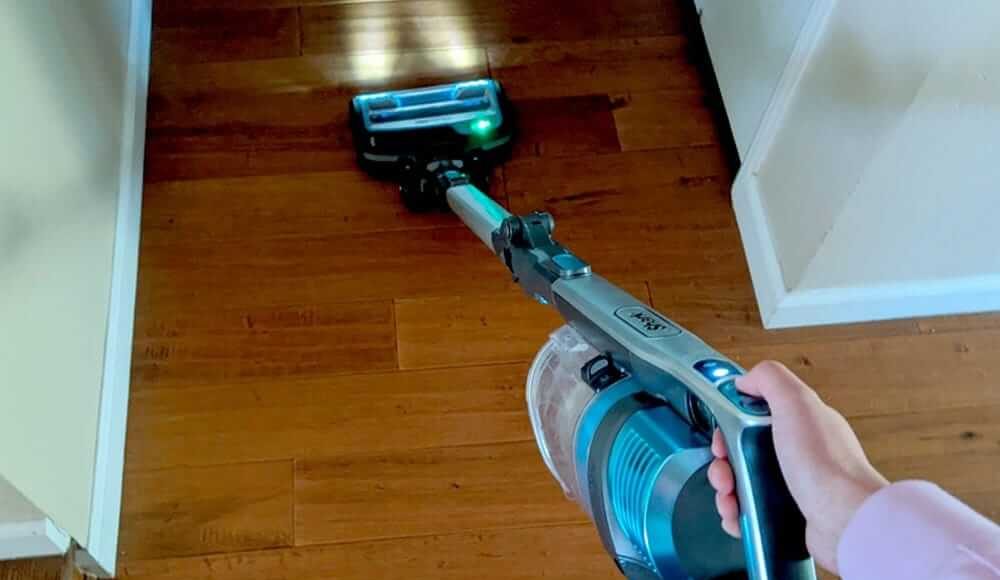Shopping for a new vacuum cleaner? Or you’re just tired of lugging one around? Maybe you need a central vacuum cleaner. But is it right for your home? Especially since they aren’t the cheapest investment for most homeowners.
There are a few considerations you need to make before you purchase a central vacuum. You will have to think about how much power it will use, the amount of noise it produces, the installation process, and cost, among other considerations.
Before we get to see whether this is a purchase or upgrade you should make, let’s get to know what this system is.
What is a Central Vacuum?
A central vacuum system is a cleaning system that is built into a building for easy use, access, and maintenance. It is served with a centrally located motor that produces vacuum and pressure which in turn removes debris, dirt, and dust. A central vacuum can either be filtered or unfiltered with a collection canister depending on its design.
These systems are connected by piping or tubing which is installed along the wall of the building. This interconnection makes it easy to use these centrally located cleaning systems to clean large buildings with multiple floors. The collected dirt and debris is directed to the canister for trash collection.
So, is this system right for your home? Consider these factors to make that decision.
1. Cost
A central vacuum isn’t inexpensive compared to a traditional vacuum cleaner. You’ll see a huge difference in their prices if you make the comparison, but it promises you a relatively long lifespan and helps give you more resale value for your home. The system will also save you a lot of money in the long run compared to portable vacuum cleaners.
If you are able to make this one-off investment for the long-term benefits, go for it.
2. Installation
One of the main obstacles in the installation of a central vacuum system is its complex and expensive installation process.
As mentioned earlier in this article, this system is served with piping and central vacuum tubing that need to run along the wall of your home. That means the ductwork should run from its motor and collection tank to every floor in your home. You may need a professional central vacuum cleaner installer to complete these works, and this can be costly.
The average cost of installing a central vacuum system is approximately $800-$3,500. If this is an expense you’re willing and able to incur, you may want to consider installing a system in your home.
3. Noise
If you abhor the noise produced by a handheld vacuum cleaner, a central system might be your ultimate savior. One of the most appealing features of this system is its low noise levels.
It produces less noise because the motor and the collection tank are typically located in the basement, closet, or garage, away from your occupied spaces. The sound produced by the vacuum system is therefore muffled. It only gets irksome if you get close to the central collection tank.
You can further reduce the amount of noise produced by a central vacuum by installing one with a thick collection tank and noise-canceling filters which further dampen the sound the system produces. This would be the most viable option if the collection tank is located close to spaces such as a basement bedroom or the lounge.
4. The Benefits
A central vacuum installation has numerous benefits. This system is more powerful than a portable vacuum cleaner. Additionally, lugging a heavy handheld vacuum cleaner around the house will be a thing of the past if you purchase and install a central cleaning system.
As opposed to a traditional vacuum which recycles the suctioned air out of the main unit and back into your space, a central vacuum cleaner draws dirt, dust, debris, and air all the way into a central unit. It then exhausts air outside in the same fashion as a dryer vent.
A central vacuum cleans deep, providing much greater cleaning power compared to traditional vacuum cleaners. Its powerful motor will prolong the life of your furniture and carpet.
These systems are good for people with allergies or asthma because they won’t have the debris recirculating the air as is the case with portable vacuum cleaners. There are several add-ons you can purchase to improve the central vacuum cleaner further as well.
If these benefits are something your home and its occupants would appreciate, then a central vacuum is right for your home.
5. The Disadvantages
In addition to being expensive to purchase and install, central vacuums are expensive to repair. But on the brighter side, its costly nature depends on where you purchase it from and the professionals you involve.
The powerful suction that a central vacuum produces means that everything and anything can get sucked into the bag. This might risk damage to the system, which may be quite expensive to repair.
If you stay in an apartment or small home, then a central vacuum may not serve you as well as other homeowners.
Final Thought
The time may be right for you to shift from the traditional vacuum to a central vacuum system. However, before deciding to install a central vacuum, you must consider whether it really is right for you.
To make this decision, consider the size of your home; a central vacuum system is not ideal for a small home or a unit in an apartment. Additionally, you must consider the cost of acquiring one, including the installation costs and the cost of add-ons.
If the pros outweigh the cons of installing a central vacuum cleaner, then you can start looking for one and get to enjoy a noiseless and more efficient cleaning exercise.
Follow Technoroll for more!





